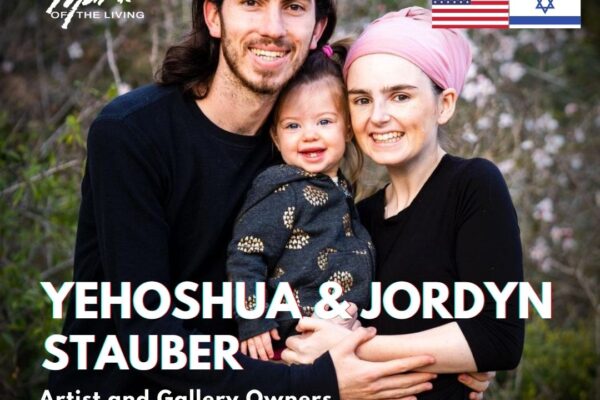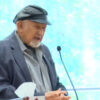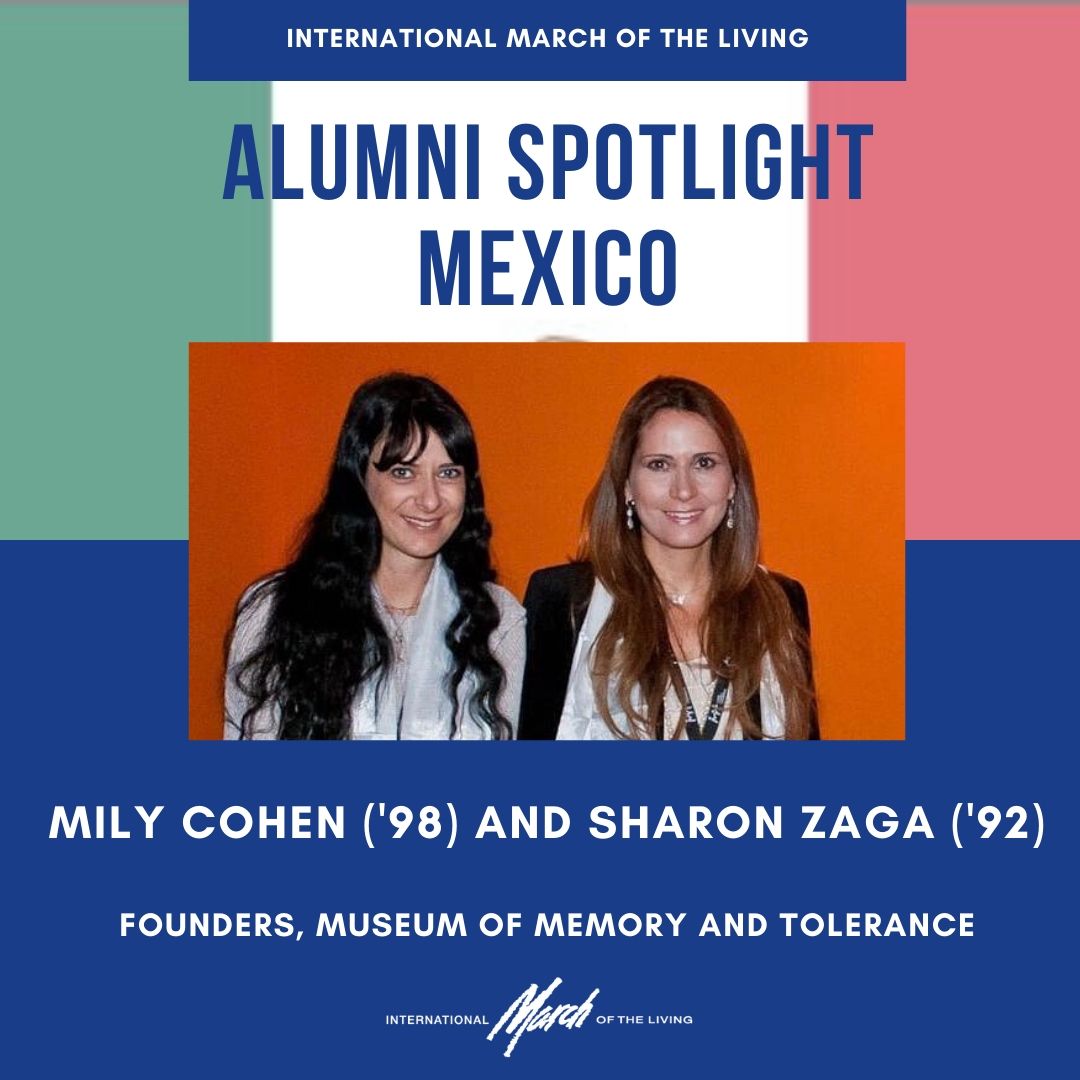
We are proud to kickoff our new Alumni Spotlight series with Sharon Zaga (’92) and Mily Cohen (’98), alumnae from Marcha de la Vida Mexico. Sharon and Mily founded the Museo Memoria y Tolerancia (Museum of Memory and Tolerance) in Mexico City, where they currently hold the titles of President and Vice-President, respectfully. Open since 2010, where it has since greeted more than 4 million visitors, the museum’s mission is to disseminate the importance of tolerance, nonviolence and human rights and create awareness through historical memory, particularly from the Holocaust and other genocides.
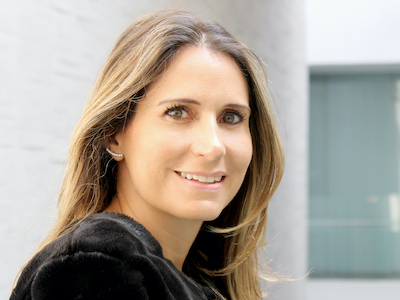
SHARON ZAGA
President, Museum of Memory and Tolerance, Mexico City
Delegation: Mexico
Year: 1992
While I was 16 years old, I visited Auschwitz, for the first time, with March of the Living Mexico. My mind could not truly comprehend what it meant to be standing there in a killing factory – a place where so many humans were assassinated on a massive scale. It is incomprehensible for any mind, but especially for a 16-year-old girl. I never recovered from this.
During my visit in the camps I remember walking toward the gas chambers, where I proceeded to throw myself to the ground and start digging dirt to collect in my pockets. Other people walking with me tried to stop me and help remove me from the place. Many years later I still ask myself what compelled me to do that. I believe I was trying to bring something tangible from the experience back home so as to ensure that I would never forget.
Then and there I decided to take action and promised myself I would do something. That piece of dirt taught me that memory is diffuse, volatile, and forgetful. I became obsessed with ensuring that a crime of this magnitude would not be forgotten. Deep inside I knew that I wanted to do my part to make sure that history wouldn’t repeat itself.
I spent the subsequent twenty years of my life in the development and creation of the Museum of Memory and Tolerance in Mexico City. It represents not merely historical accounts, but promotes something bigger – the respect of all human dignity.
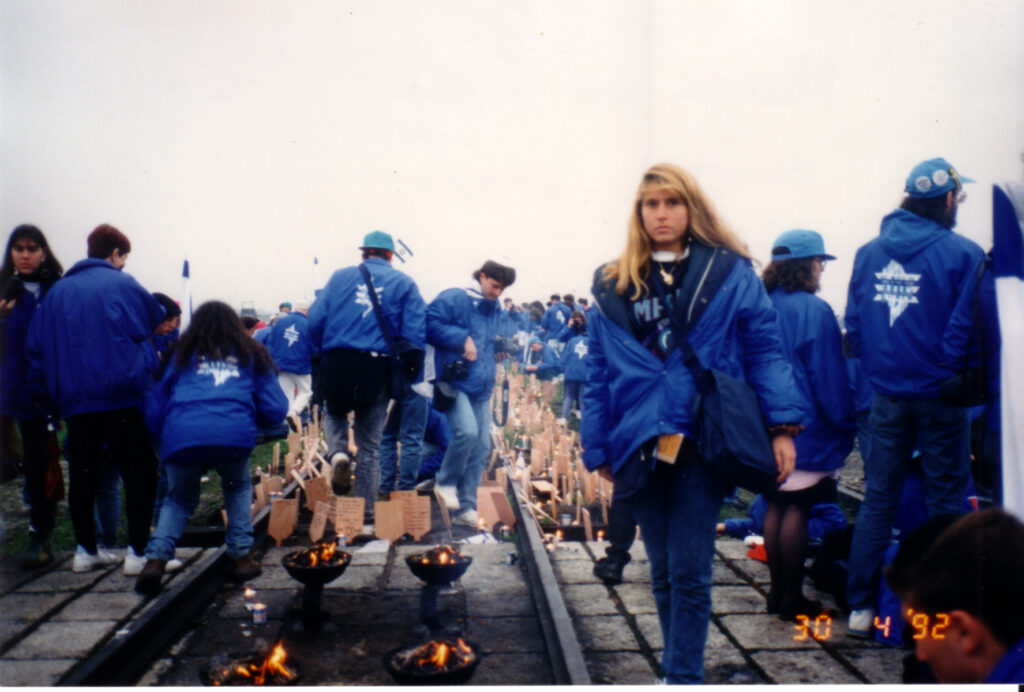 A los 16 años visité Auschwitz el campo de exterminio nazi, simplemente mi mente no podía entender lo que es estar en una fábrica de muerte, un lugar donde masivamente se producía la muerte de seres humanos. Sinceramente es incomprensible para cualquier mente y mucho menos para una niña de 16 años, es algo de lo que uno nunca se repone. En los Campos me pasó una experiencia muy fuerte m, en algún momento estábamos caminando hacia las cámaras de gas y me tiré al piso y empecé a escarbar la tierra para guardarla en mis pantalones, mis compañeros me volteaban a ver extrañados de lo que me pasaba y recuerdo que me sacaron del lugar. ¿Muchos años después me he preguntado por qué hice eso? Quería llevarme algo de ahí, quería tener la seguridad de que nunca iba olvidar. Ahí tomé la decisión desde los 16 años que yo iba a dedicarme a esto, me prometí hacer algo. Ese pedazo de tierra me ha enseñado que la memoria es difusa, caprichosa, que todo tiende a olvidarse, estaba obsesionaba. ¿Cómo un crimen de esta magnitud se va olvidar? Decidí desde lo más profundo de mi ser que me dedicaría a evitar que la historia se olvide y se repita. He dedicado 20 años de mi vida en la creación y desarrollo del museo Memoria y Tolerancia, y no es un lugar de historia es una experiencia que promueve el más grande valor el respeto de la dignidad humana.
A los 16 años visité Auschwitz el campo de exterminio nazi, simplemente mi mente no podía entender lo que es estar en una fábrica de muerte, un lugar donde masivamente se producía la muerte de seres humanos. Sinceramente es incomprensible para cualquier mente y mucho menos para una niña de 16 años, es algo de lo que uno nunca se repone. En los Campos me pasó una experiencia muy fuerte m, en algún momento estábamos caminando hacia las cámaras de gas y me tiré al piso y empecé a escarbar la tierra para guardarla en mis pantalones, mis compañeros me volteaban a ver extrañados de lo que me pasaba y recuerdo que me sacaron del lugar. ¿Muchos años después me he preguntado por qué hice eso? Quería llevarme algo de ahí, quería tener la seguridad de que nunca iba olvidar. Ahí tomé la decisión desde los 16 años que yo iba a dedicarme a esto, me prometí hacer algo. Ese pedazo de tierra me ha enseñado que la memoria es difusa, caprichosa, que todo tiende a olvidarse, estaba obsesionaba. ¿Cómo un crimen de esta magnitud se va olvidar? Decidí desde lo más profundo de mi ser que me dedicaría a evitar que la historia se olvide y se repita. He dedicado 20 años de mi vida en la creación y desarrollo del museo Memoria y Tolerancia, y no es un lugar de historia es una experiencia que promueve el más grande valor el respeto de la dignidad humana.
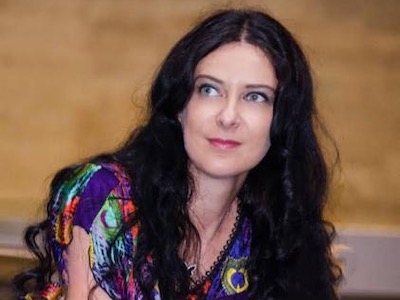
MILY COHEN
Vice President, Museum of Memory and Tolerance, Mexico City
Delegation: Mexico
Year: 1998
Since I was little, I’ve had a special and deep interest in the Shoah. In high school, I heard my first testimony from a survivor. I remember him saying that he was afraid of dying and that no one would continue to tell the story of the Holocaust. I left our meeting with the conviction that I would continue to tell the story. I didn’t know how, but the promise was already made. Years later at the age of 26, already married and a mother of two children, I went on the March of the Living, with the Mexican delegation. I never imagined that this trip was going to define my future life.
Little by little, the atrocity, the inconceivable and the barbarism was revealed before my eyes. Despite everything we saw and heard, we could not even glimpse the dimension of what had happened there. Poland filled me with indignation yet Israel filled me with hope. Day by day the need to do something continued to grow within me; the trip transformed me into a different person entirely. Upon arriving home from the trip, I already had an idea brewing to create a museum about the Holocaust, other genocides, tolerance and the power of love. Immediately I got in touch with those who had organized the March and told them my idea and they informed me that another young woman, Sharon, had already started doing something similar. We met, talked for hours, and left shaking hands, sealing the promise to do everything possible to make the Museum a reality.
Twelve years later the dream came true one day in October 2010. Today the Memory and Tolerance Museum has received more than 5 million visitors and has become a national and international benchmark for historical memory and human rights. The success is not only ours, it is also thanks to a committed team, to hundreds of donors who believed in the Museum and, of course, it is also a success of the March of the Living.
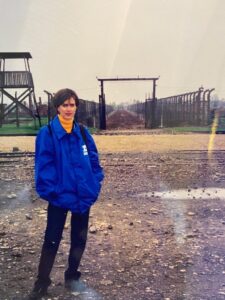 Desde pequeña sentí un interés especial y profundo por la Shoa. En preparatoria escuche el primer testimonio de una sobreviviente. Recuerdo que había dicho que le daba miedo morir y que nadie siguiera contando la historia del Holocausto. Salí de la conferencia con la convicción de que yo seguiría contando la historia. No sabía cómo, pero la promesa ya estaba hecha. Años después a los 26 años, ya casada y siendo madre de dos niños, me fui a la Marcha de la Vida. Jamás imagine que este viaje iba a definir mi vida futura.
Desde pequeña sentí un interés especial y profundo por la Shoa. En preparatoria escuche el primer testimonio de una sobreviviente. Recuerdo que había dicho que le daba miedo morir y que nadie siguiera contando la historia del Holocausto. Salí de la conferencia con la convicción de que yo seguiría contando la historia. No sabía cómo, pero la promesa ya estaba hecha. Años después a los 26 años, ya casada y siendo madre de dos niños, me fui a la Marcha de la Vida. Jamás imagine que este viaje iba a definir mi vida futura.
Poco a poco se iba revelando ante mis ojos la atrocidad, lo inconcebible, la barbarie, y,a pesar de todo lo que veíamos y oíamos, ni siquiera podíamos vislumbrar la dimensión de lo que ahí sucedió. Polonia me llenó de indignación pero Israel me llenó de esperanza. Día con día crecía en mí la necesidad de hacer algo con lo que sentía, en tan solo una semana yo ya era otra persona. Al llegar de este viaje yo ya tenía la idea de lo que quería hacer, un museo que hablara del Holocausto, de otros genocidios, de la tolerancia y del poder del amor. Inmediatamente me puse en contacto con quienes habían organizado la Marcha y les comenté mi idea, ellos me dijeron que otra joven como yo ya había a empezado a hacer algo similar, ella era Sharon Zaga, a quién conocí en la sala de su casa dando una conferencia sobre la Shoa, al final de la conferencia me acerque a ella y le conté lo que quería hacer, platicamos durante horas, al final nos dimos la mano y sellamos la promesa de hacer hasta lo imposible para hacer realidad el Museo.
Doce años después el sueño se hizo realidad un día de octubre del 2010. Hoy el Museo Memoria y Tolerancia ha recibido a más de 5 millones de visitantes y se ha convertido en un referente a nivel nacional e internacional sobre la memoria histórica y los Derechos Humanos. El éxito no es solo nuestro, es también gracias a un equipo comprometido, a cientos de donadores que creyeron y creen en el Museo y, también, por supuesto, es un éxito de la Marcha de la Vida.


